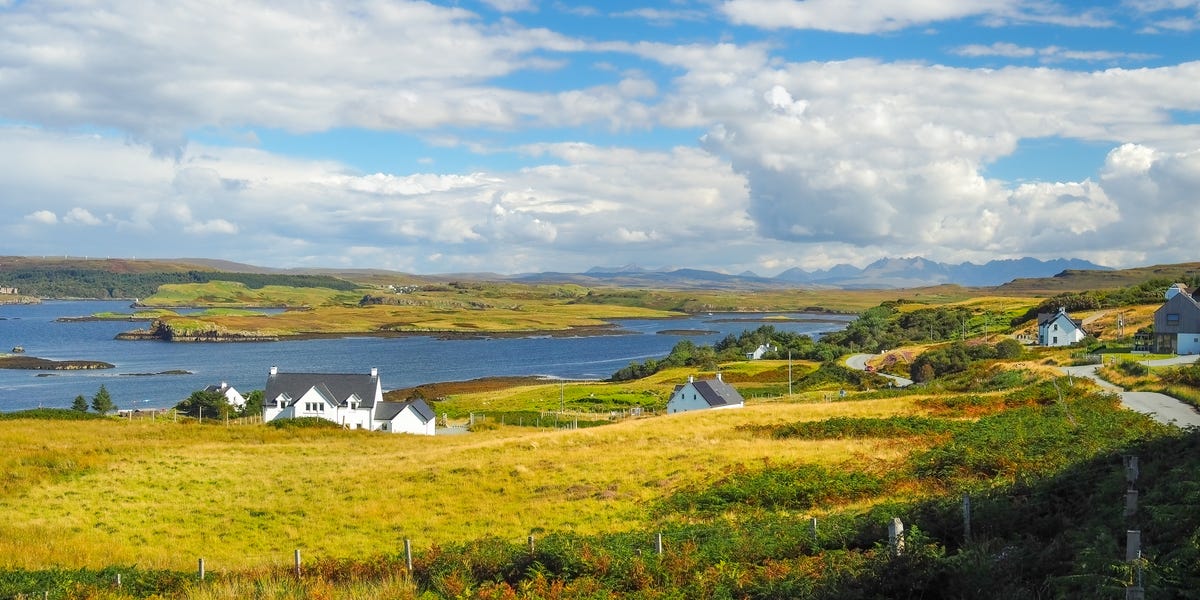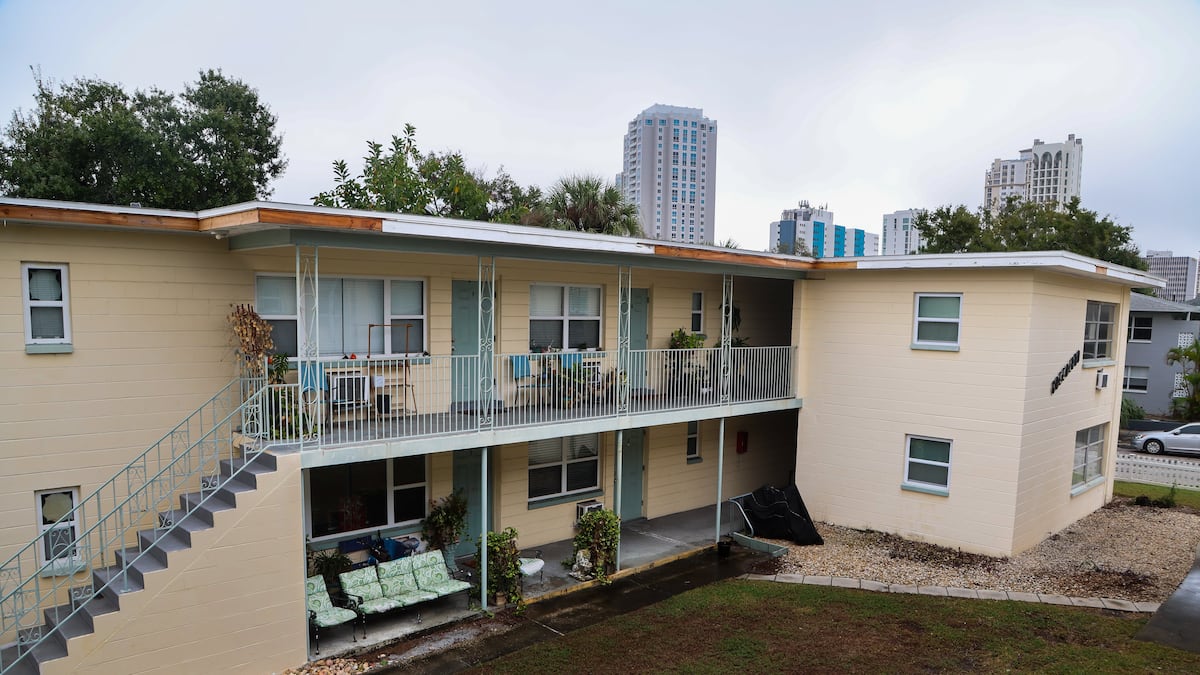A
private island off Scotland's west coast, Shuna Island, has hit the market for $7.5 million, offering 1,110 acres of land with a rich history spanning over 9,000 years. The island, located in the Inner Hebrides, boasts ancient burial mounds, native woodlands, and a crumbling Edwardian-era castle. Its archaeological sites include Stone Age burial mounds and Iron Age ritual hoards, as well as three rare swords dating back to the 8th century B.C.
Shuna Island was once part of the Gaelic kingdom of Dal Riata and was later given as a gift by Robert the Bruce to Clan Campbell in 1321. In the 18th century, it became a hub for lime production, and in 1910, it was purchased at auction by George Buckley, who built the castle. The island has been home to several owners since, including Viscountess Selby and her son, Edward Gully, who farmed and managed the island for over 80 years.
The estate includes eight residential properties, including a 12-bedroom house, a secluded cottage on the north shore, and a timber-frame cottage with beach access. A boathouse, farmhouse, and several traditional stone houses round out the property, which also features slipways and a helipad. While there are no roads, each cottage comes with a boat, and mobile service is available, but cell service is limited.
Located near Oban, Shuna Island offers access to Craobh Haven Marina or Arduaine Pier, as well as the village of Ardfern, which has a store, café, bakery, primary school, sailing club, and marina. The nearest transport hub, Oban, connects by ferry to several Hebridean islands and has a hospital, train station, and other services. Glasgow International Airport is 55 miles away by helicopter, and Islay Airport is 45 miles away.
The listing is managed by London-based real estate agency Knight Frank, which hopes that the island will be purchased by a family or individual with fresh ideas for development, such as an eco-tourism resort. However, some repairs are needed to the castle, including fixing its flat roof, which may not have been the best design feature in Scotland's climate.













